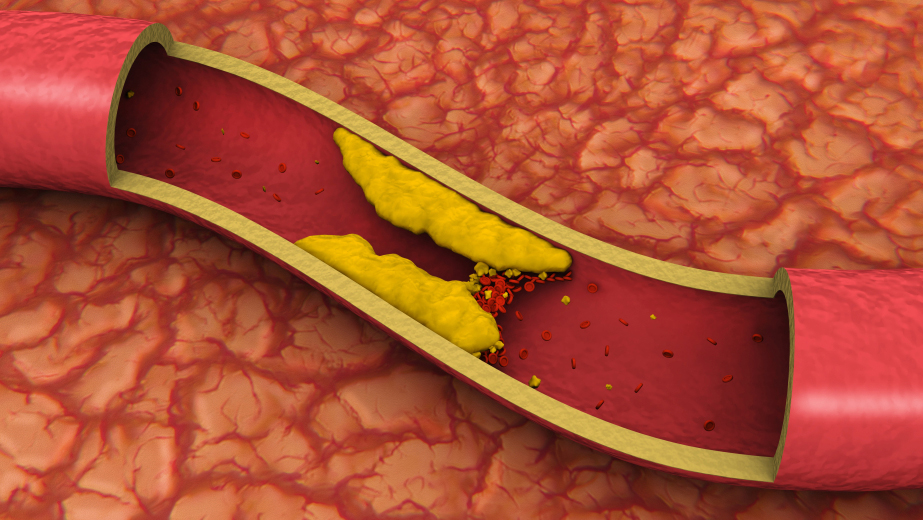Canola oil, soybean oil, cottonseed oil, sunflower oil, safflower oil, peanut oil, and corn oil, are all polyunsaturated fatty acids (or PUFA’s). Their use has skyrocketed in the last 50 years as an alternative to saturated fat; with soybean and canola oil increasing the most:

The first problem with PUFAs is that they’re highly susceptible to oxidation when exposed to heat, light, or oxygen. So, choosing to cook with these unstable oils, is asking for oxidative damage (1, 2) and the accelerated aging and increased disease risk that comes with it – heart disease included!
I say that with an exclamation mark, because vegetable & seed oils were introduced as a ‘heart healthy’ alternative to saturated fat because of their supposed benefit of ‘lowering cholesterol.’ When clearly they’re making things worse.
Not only because cholesterol is not associated with heart disease (and lowering it is detrimental), but because oxidized LDL cholesterol particles are one of the driving forces behind atherosclerosis – getting deposited on the walls of our arteries, attracting macrophages to the area that convert to foam cells, and producing an arterial plaque.
But what’s worse, is that the part of the oxidized LDL cholesterol particle that transforms the macrophages into foam cells is the oxidized version of lineolic acid – the PUFA found in vegetable & seed oil!

So you could say our unjustified fear of saturated fat has increased the number of small dense LDL cholesterol particles (because of excess carbohydrates), and made them highly susceptible to oxidation (because of reactive PUFAs).
Low Fat = More Sugar + More PUFAs = More Heart Disease
The other problem with PUFAs, is that they’re very high in omega-6 fatty acids – which send us into a state of chronic inflammation (when over-consumed in relation to omega-3 fatty acids) and raise our risk of disease. A phenomenon we’ve been a part of since the 1930’s, and we’ve seen a drastic increase in since the low-fat guidelines were introduced.
Omega 6:3 ratio:
- 8:1 from 1930-1935
- 10:1 from 1935-1985
- 12:1 in 1985 alone
- 25:1 in 2009!
And a point that becomes more impactful when you understand that a healthy ratio is less than 4:1, and our hunter-gatherer ancestors (that were virtually disease free) maintained a ratio of 1:1!

In other words:
More Vegetable & Seed Oils = More Inflammation & Oxidation = More Disease
Stay Lean!
Coach Mike
RELATED ARTICLES:
The Truth About Salt & Hypertension
More Bad News For Vegetarians & Vegetable Oil
No Salt, Butter, Red Meat, or Coffee? Doc's Got it All Wrong
New Dietary Guidelines - 8 Ways The U.S. Government Failed AGAIN!
